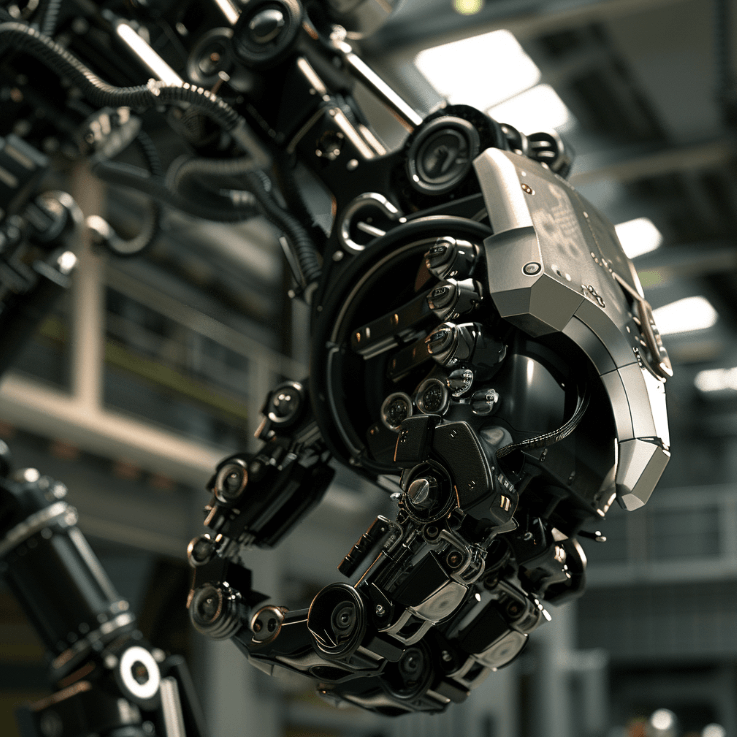

Simply put, an aerospace robot is a robot designed to operate in an aerospace manufacturing environment.
These robots are highly specialized to handle delicate components and materials used in building aircraft and spacecraft.
Aerospace robots are typically articulated arms with multiple joints that have a high degree of skill and precision.
Aerospace robots are already being used for a tremendous variety of applications in aircraft and spacecraft manufacturing.
If it’s repetitive, dangerous, or requires precision, chances are a robot is on the job already.
Let’s take a look at what robots are pulling off:
The aerospace industry is rapidly adopting robotics for a huge variety of reasons.
Assembly of aircraft components often necessitates heavy lifting, working in confined spaces, and handling tremendously dangerous chemicals. Robots can do all of this with zero risk of injury.
Let’s break down these benefits a bit:

Aerospace manufacturing requires near-perfect precision and quality to guarantee safety, especially when producing aircraft parts.
Here are some amazing real-world examples of how they’re managing:
We’ve just scratched the surface of how robotics is transforming aerospace manufacturing.
While the industry was slow to adopt automation (compared to, for example, the auto industry), the benefits now speak for themselves. As technology advances, expect to see even more smart robots on the factory floor.
Aerospace companies that embrace automation will have a competitive advantage, just as with leaders in other industrial sectors.
So, it’s not if, but when is the time right to implement aerospace robots? If you ask us, that time was yesterday. But, barring getting access to a time-traveling DeLorean, the time is now.
Thinking about making the switch to a top-tier Articulated robot arm? Standard Bots' RO1 is a front-runner in the Six-Axis articulated robot arm space, ideal for both fast-growing startups and major industry players.
Let our expert team guide you through the effortless integration of RO1's cutting-edge features into your processes. Experience the transformation risk-free with our 30-day trial offer!